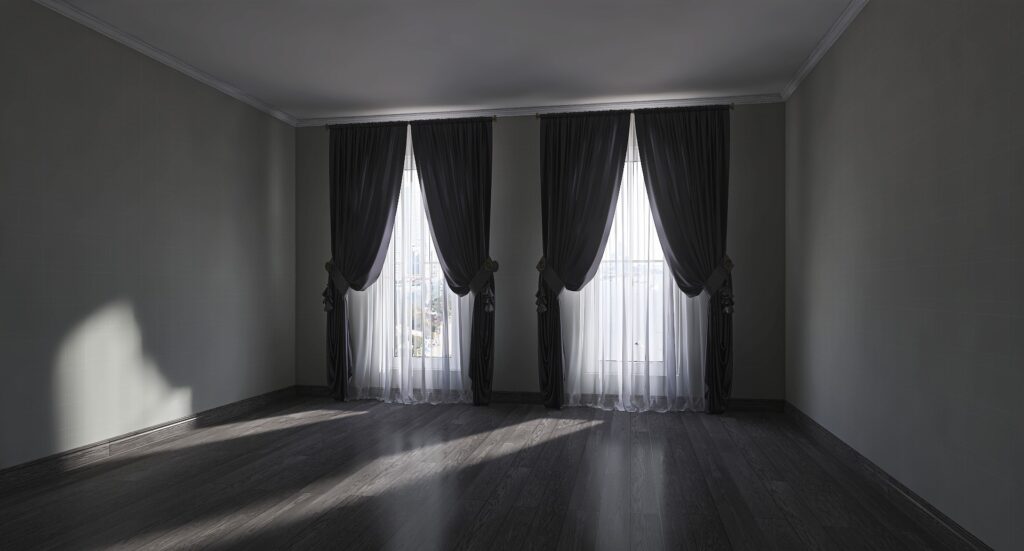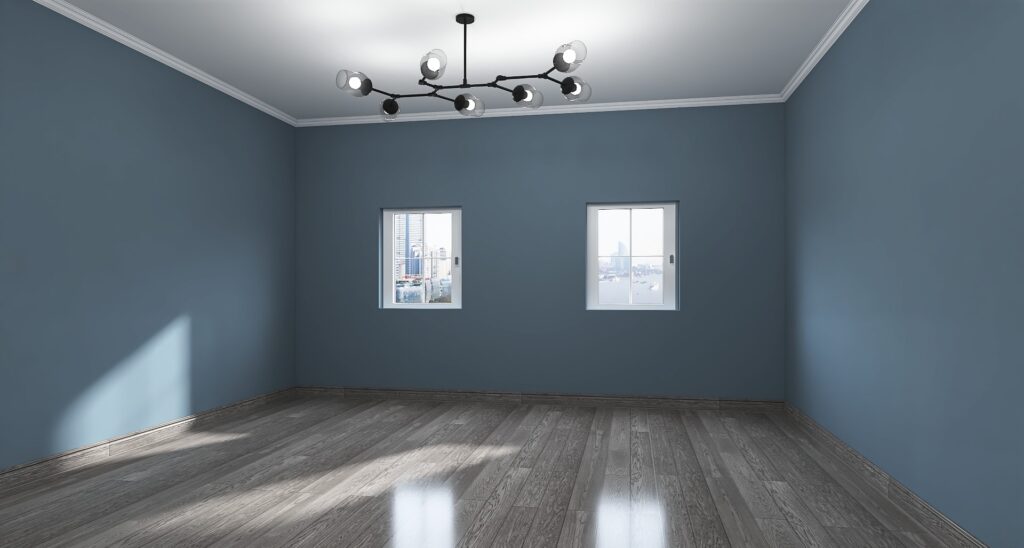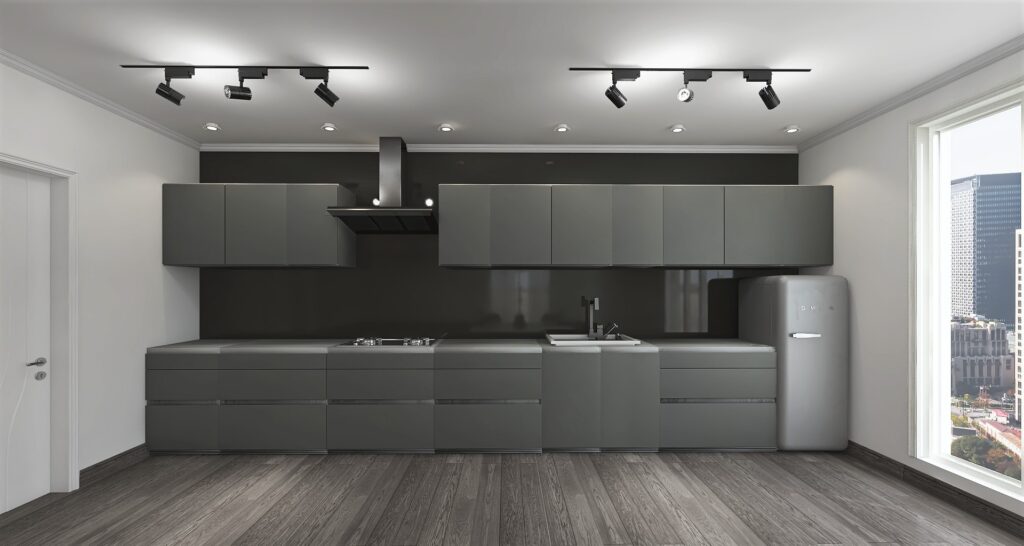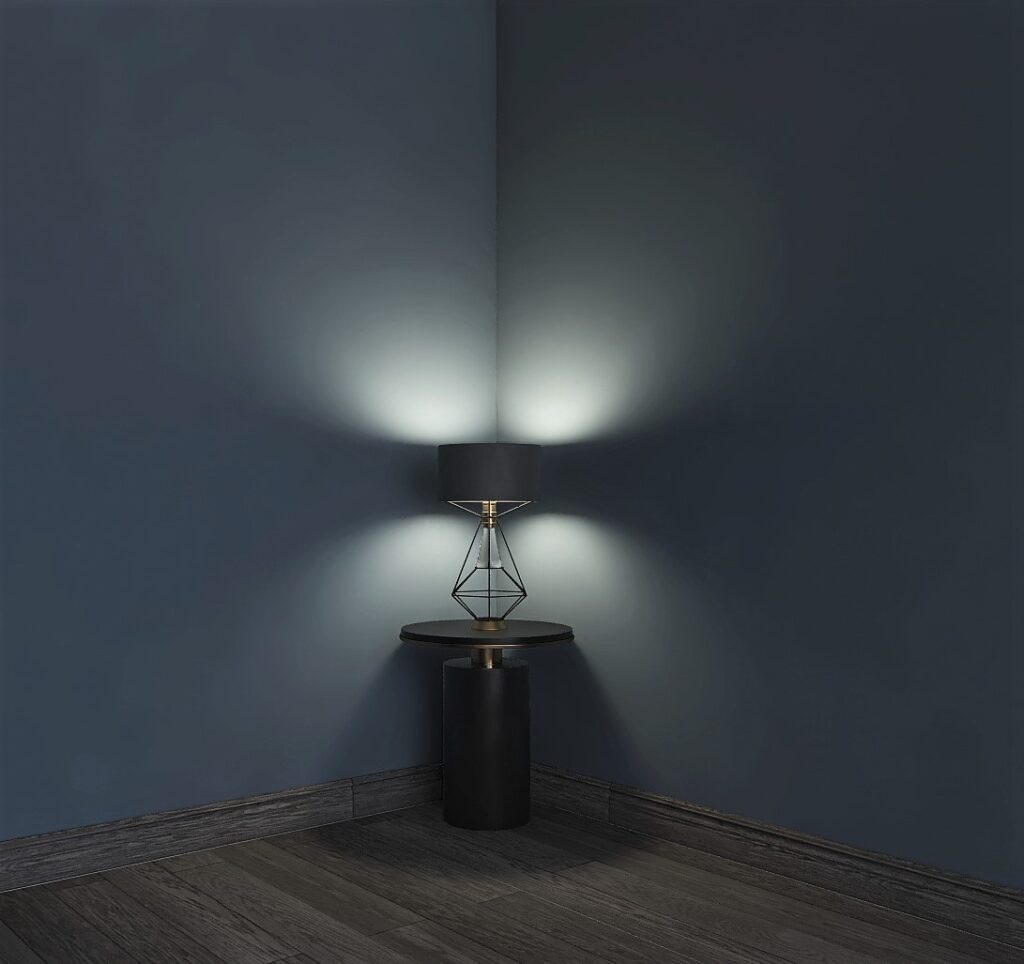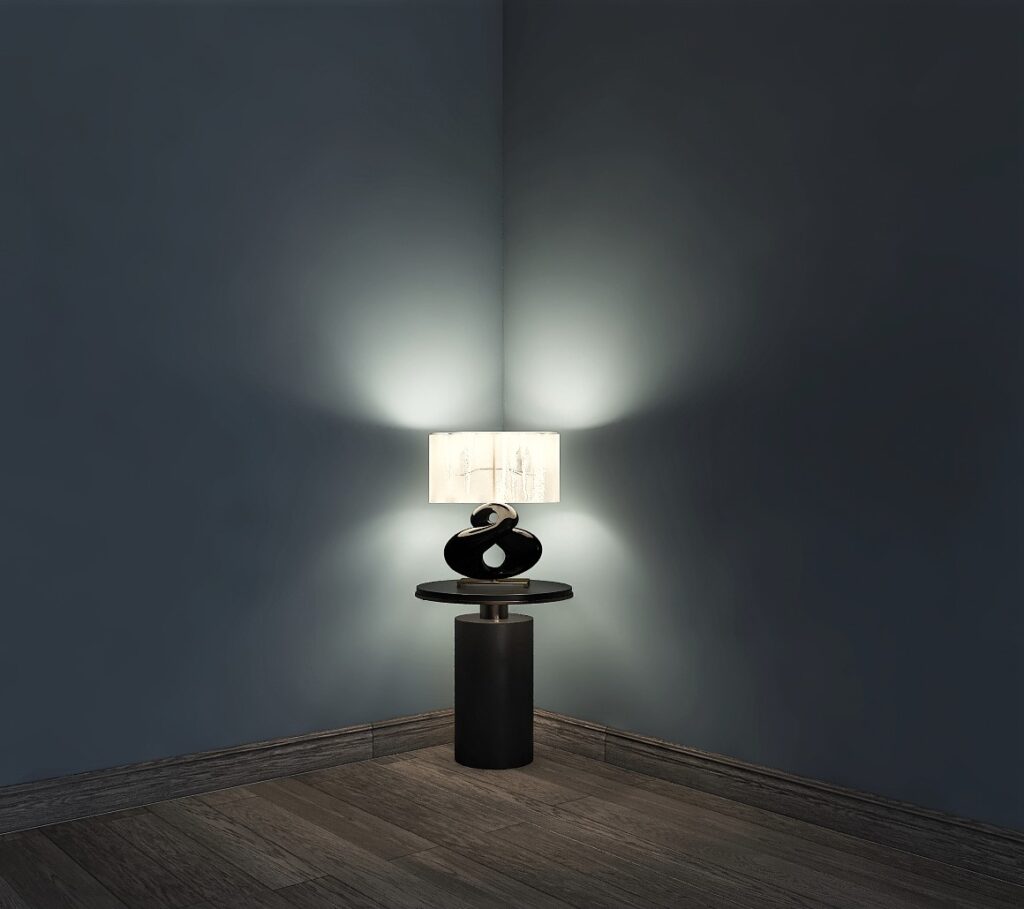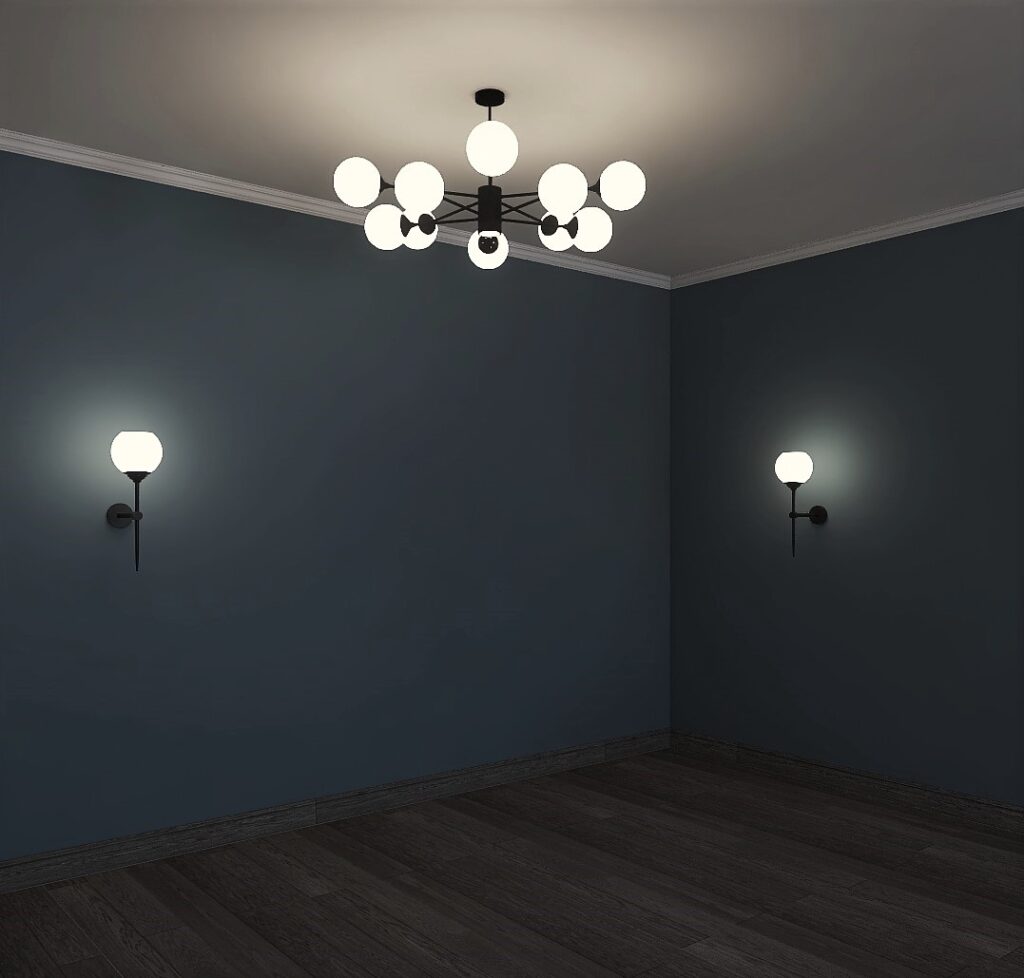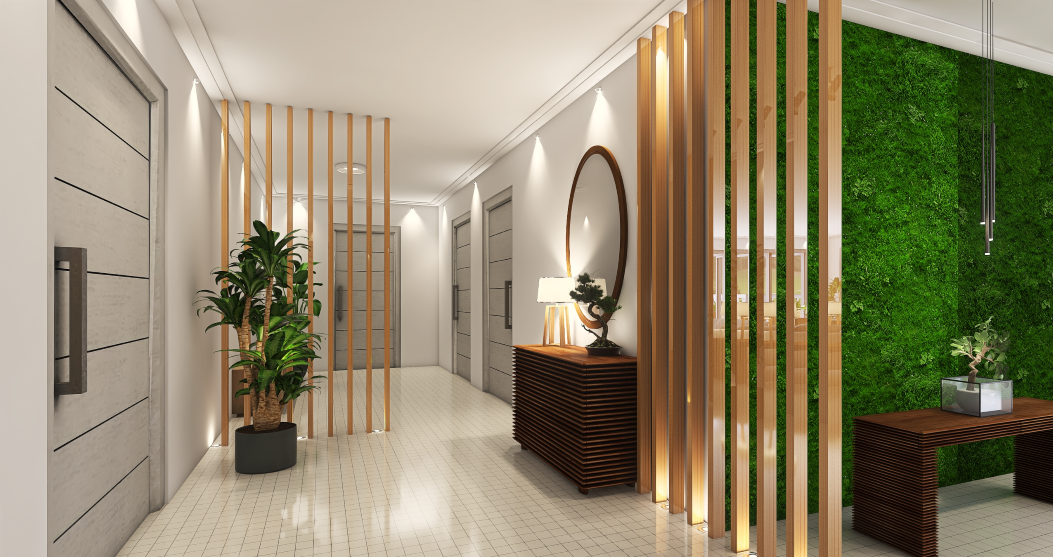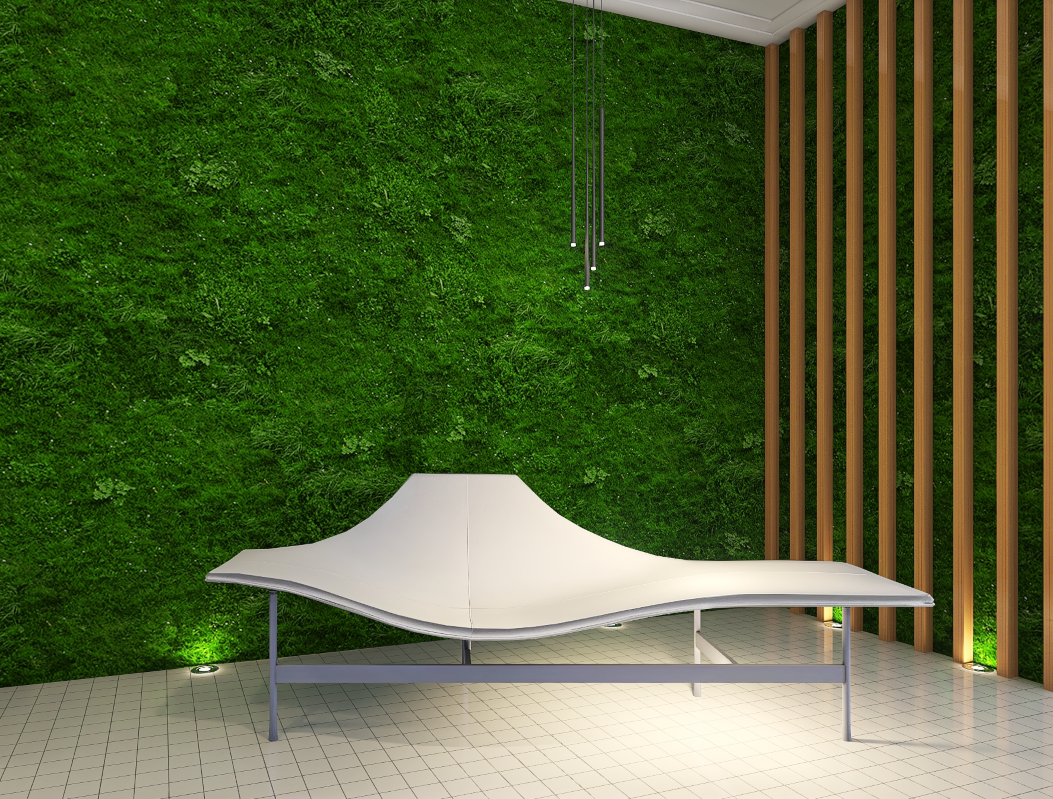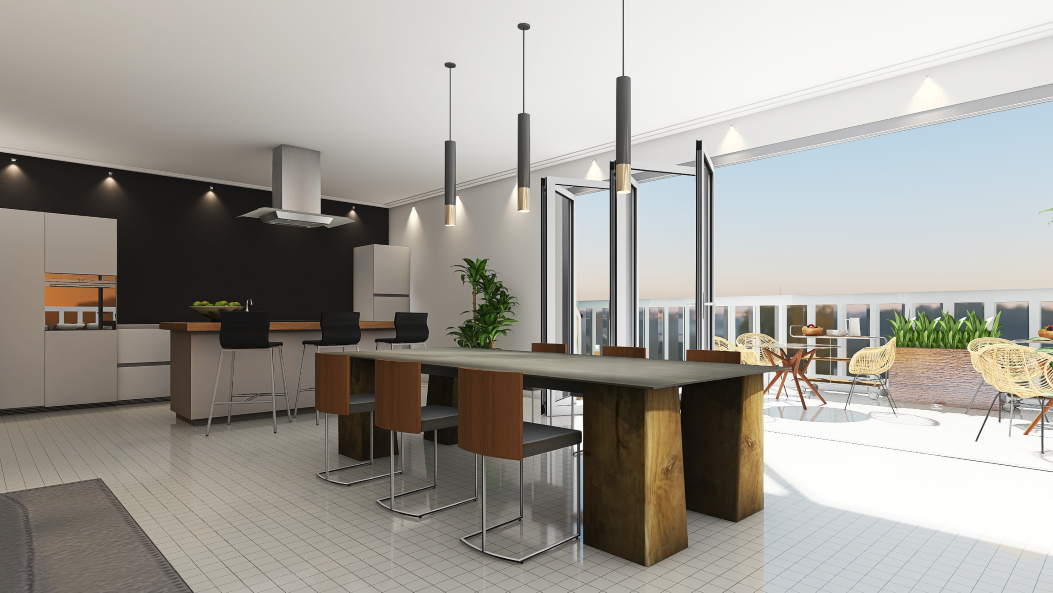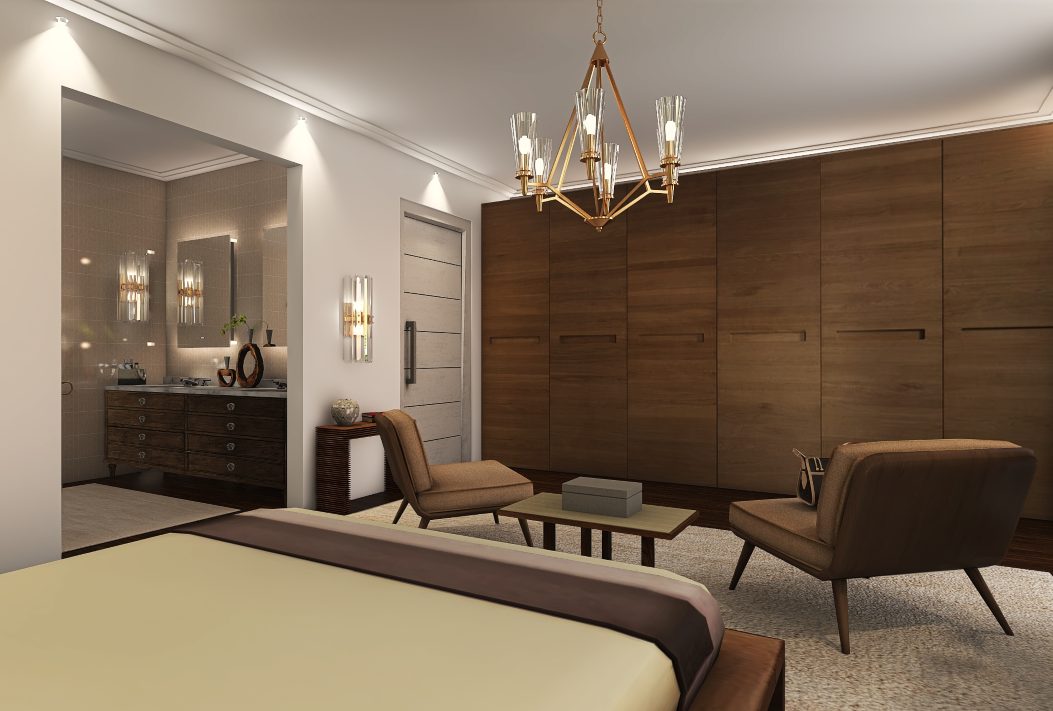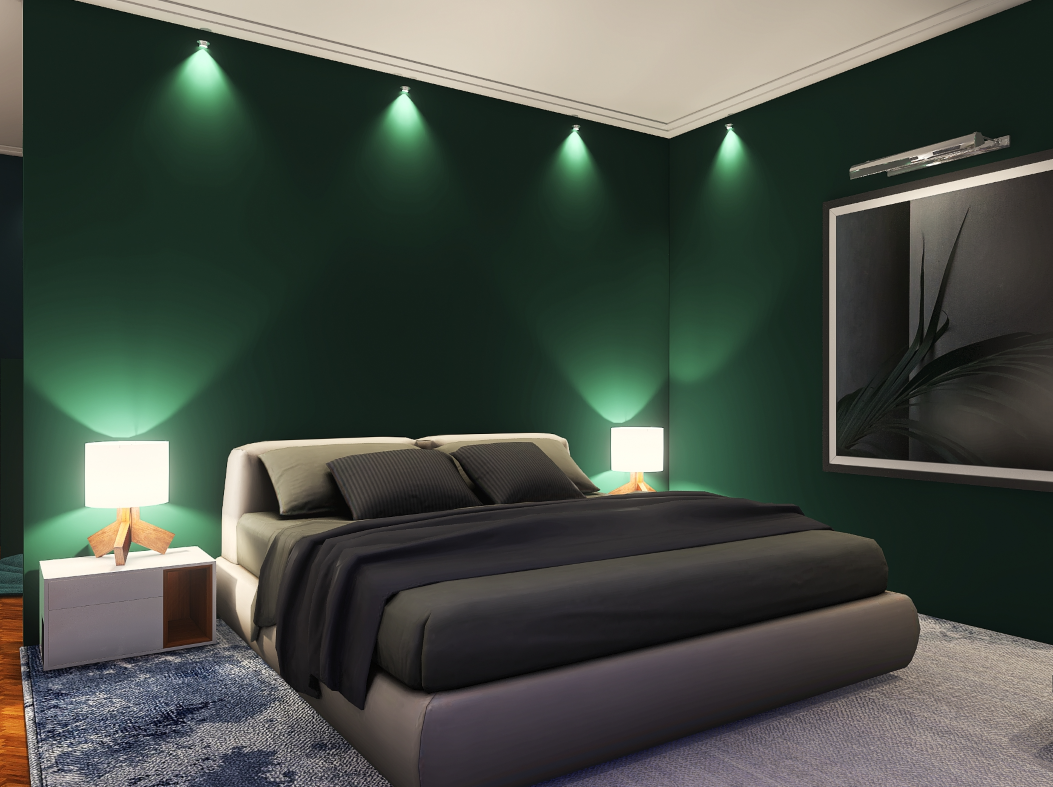17 Best Ways to Let More Light Entering Your Living Space
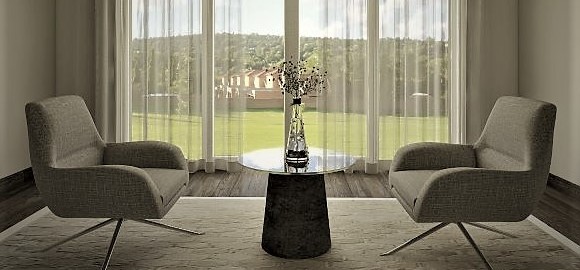
In the previous topic I wrote about the importance of having sufficient daylight in our life and collected some lightening up tricks for your home. As there are so many clever solutions about how to let more light into our home and to make any living space brighter and cosier, for this time I continue with further 9 lightening tricks. If you haven`t read the first part of this topic so far, then you can find the whole article under How to Get More Light into Your Home – Part 1.
9. Curtains
We can lighten up the window area of a room by using curtains and blinds. The more airy, transparent, and light fabric of the curtain is, the more brightening effect you can achieve. Of course, you don`t have to hang on curtains if you`re not fan of them, because leaving the windows free will also let in more light.
10. Make the window look bigger
The size of the window mainly determines the amount of incoming daylight. Floor to ceiling windows, patio doors or curtain walls allow the most light into the room, while small windows work rather as a light blocker.
If we can`t or don`t want to replace the existing small windows, there is another trick with curtains. Put on a curtain rail in the whole length of the wall (not just above the window) and hang on some white or bright coloured, and transparent curtains.
Important is that you use light curtain materials, because heavy fabrics won`t be able to diffuse all the incoming daylight. Light materials don`t absorb the daylights but will work as a reflector to spread them out on the whole length of the wall. That is why the window will look much bigger and this how to get more light into your home.
This trick can also be used for dark painted walls, if we don`t want to change the wall colour. Bright curtains create a big contrast on dark walls, and makes the room looks brighter and bigger.
11. Curtain rails
Heavy or dark curtains hanging on windows are blocking the daylight. Put the curtain rails always as near to the ceiling as possible. It does not matter if your window is a small one, because with this trick you create the illusion that the ceiling is higher, and the window is larger.
12. Artificial light
How to get more light into your home in the evening hours? Well, the answer is simple, you can`t. In the evening hours there`s no natural daylight, so we can’t avoid using artificial light.
Some people use pendant luminaires hanging from the ceiling, but the downside of this is that these lamps direct the light only downwards. Only people underneath the lamp will get enough light and the rest of the room will be in semi-darkness, which is not ideal for any evening activity. If we choose for a pendant lamp though, then pick a luminaire that spreads the light upwards (up to the ceiling) and downwards (to the floor) as well.
Lighting up the ceiling is the most efficient way to make a room brighter in the evening, because from the ceiling the light spreads out in each direction (walls, floor, furniture etc.). So you rather try to use floor and wall lamps as these will direct their lights along the walls up to the ceiling.
13. Materials and surfaces
In case of a dark kitchen the most effective lightening solution is to change the splashback panels/tiles and cabinet doors to something with a brighter colour. If there is no budget for new tiles or new cabinet doors, nowadays we can buy good quality paints in most of the DIY shops (also for floor tiles!). Within few days our kitchen will be reborn and looks like new.
If we want to change the countertop as well – because it`s dark or maybe dated -, then before choosing any material we need to check how the light falls in onto the countertop and what kind of artificial lightening will be used in the evening hours.
But how to get more light into a kitchen where there are no windows? If the kitchen has no windows or only small ones and the average natural daylight is not significant, then it`s practical to pick light coloured materials in general for walls, cabinets, countertop, and kitchen floor as well.
Glossy surfaced cabinet doors and splashback panels/tiles reflect more light during day and night then matt materials. For the countertop, a matt finish would be the right decision if we want to avoid any glare on their surface.
If we decide to bring more daylight into the kitchen by installing one or more skylights above the kitchen/kitchen island, then it`s good to know that the huge amount of incoming daylight will hit the kitchen floor first.
In case of white shiny flooring unfortunately the surface glare will cause a disturbing effect during the cooking. To avoid any glare underneath the skylight or roof window, matt finishes are practical. The colour of the right flooring gets darker proportionally with the amount of incoming daylight. In other words: the more daylight falls in and hits the floor, the darker colour the floor should have.
14. Lampshades
If our floor, table, or wall lamps have lampshades, we need to know that the colour of the lampshades determines the light quality in the room as well. Dark fabrics absorb most of the lights, while white ones let them through. Huge impact can be achieved by just changing the lampshades to white coloured ones.
15. Crystal luminaires
Crystal lamps are very chic, sophisticated luminaires and they can give a specific sphere to our interior. Beyond their uniqueness, quality, and beauty they have one more characteristic, which is their light refraction. We`ve all looked once into a kaleidoscope and remember how the light can be altered.
This is the same effect that a crystal luminaire can create. Crystal glass reflects the light in many directions and not just in the evening (when the artificial light is switched on), but also during the day when daylight and sunlight enter the room.
16. The outside
It may sound unbelievable, but the outer space does have an influence on how bright the inside space is. For example, if we live a detached house or row house with garden in the front- or backyard, it`s important to make a conscious design for the window area. In winter, the incidence angle of the sunlight is the lowest during a year.
If we have evergreen trees in front of the window, then we need to cut back some branches in the autumn so that more daylight can pass through their foliage during the autumn and enter the house.
In case we don`t have any trees in the garden but planning to have some in the future, then leafy trees could be great choice. Their foliage provides sufficient shadow in the summer and protects the house from warming up. While during the autumn these trees lose their leaves and allow the natural daylight and sunlight into the house.
For those who want only green grass or flower beds underneath the window, they should know that the colour of grass, flowers and plants do have influence on the incoming daylight and its colour. They reflect the sunlight and daylight into the house, but they also alter the perception of colours seen in a room.
Therefore if we want to repaint the walls of a room and we have green grass underneath the window, by choosing the right paint colour, we need to take into consideration that the inside will get a light tint of green as well. This rule applies also to pavement in the garden. Shiny, bright surfaces reflect more daylight and sunlight into the house, while the dark and matt ones absorb the light falling on their surface.
17. Additional wall opening
Placing large windows or creating additional openings into the wall for patio doors, curtain walls, or using a light tunnel or skylights in the roof, all these solutions will increase the amount of incoming daylight immediately. Current market provides plenty of choice for each budget, taste, and technology.
It`s good to know and it`s a fact that people are willing to pay even more (above the market price) for a bright and sunny property, than for a dark one. So, when we enlarge the window opening, add extra sliding or patio doors or cut a skylight into the roof, we don’t just make the living space brighter but also increase the value of the property.
There is no pro without contra however: each additional wall/roof opening – depending on the size of the installed glassed panels – affects the warming up of the house. In order, to create a liveable and pleasant atmosphere in the house, the external or internal shading solutions are key.
From the aspect of natural daylight maybe the best solutions are the north facing roof windows, skylights, and light tunnels. As we know there is no sunlight coming from the North, so we don`t have to be afraid of the warming up effect. Windows facing to the North provides constant natural daylight into the house, no matter if it`s sunny or overcast outside.
Extra tip: by extending your house with a covered terrace, extra living space or an inner garden, it`s worth to design the extension with a glass roof with a minimum slope of 5%. Glass roof allows huge amount of natural daylight into the inner space and you can save on the energy costs as well by turning on the artificial light in the late hours.
Of course, glass costs more than brick, but it`s a good investment once you`re willing to sell your property. If you want an extension with sliding or folding doors instead of brick walls, they will also let more natural daylight into your house but it`s important to make them burglar proof.
We`ve reached the end of my brightening tips and tricks. Hopefully, you could find some great ideas about how to get more light into your home and have a better understanding on the important role that daylight plays in our life and the effects it has our way of living.
To give a cosy sphere to your home, let as much sunlight and daylight enter your home as possible, and to stay healthy don`t forget to go regularly outside to enjoy the fresh air – even if it`s freezing.
